Return to Contents Page
Biographical Studies
Deyá's Early Days
Miriam Frank
Robert Graves was in his thirty fourth year when he arrived in Deyá for the first time and, charmed by what he found, decided to stay. He was searching for a peaceful haven that could offer the ‘perfect tranquility’ he needed to recover his peace of mind and the freedom to compose his poetry.
In the preceding years, he had been through some particularly difficult times, including three close brushes with death. In World War One, an exploding German shell at the Battle of the Somme caused him such severe injuries that he was given up for dead. Though eventually he recovered, he was left with shellshock. Then, a few years later, he caught the Spanish flu, nearly dying from the complications. During that period, he was also struggling to make ends meet for his family and himself with his poetry. As he observed: ‘There is no money in poetry, but then there is no poetry in money either.’
He found a new muse and lover in the American poet Laura Riding, and encountered his third close call with death when she threw herself out of the window from the fourth floor of their home in London and he jumped after her. They both miraculously survived, but he was now facing a hefty bill for her hospital treatment, followed by another for a private convalescent home she was insisting on attending.
The intense pressure of the situation led Graves to write Good-bye to All That in less than three months. The proceeds solved his financial problems and paid for him to say ‘goodbye’ to his life in Britain, and begin a new life with the tranquility he sought, the southern sun and its warmth for his ailing health, and an affordable lifestyle.
He set off to Spain with Laura Riding. While travelling through France, he met Gertrude Stein who told him about the little-known island of Mallorca where she had just been with Alice B Toklas. It was 1929 when Robert Graves arrived there and made his way along the winding coastal road from Palma to Deyá which appeared in all its unspoilt beauty, nestled in the lower reaches of the great sweep of the Serra de Tramuntana, with its intimate pebbled bay, La Cala, below.
As Robert Graves was settling into his new life in Deyá, my mother, Käte,[1] was in England, helping care for baby Oliver in the home of Lionel and Margaret Penrose. She was following in the footsteps of her friend Seppl, with whom she had remained close since they trained together in paediatric nursing at a children’s hospital in Stuttgart.[2] They were leaving behind the growing unrest and warning signs that were becoming increasingly ominous in their native Germany. In London they encountered and befriended a number of members of the Bloomsbury circle. After helping with Oliver, they also cared for Roger when he was born. Following their work with the Penrose family, Käte and Seppl decided to head south for Spain.
My mother would not yet know that this initial departure and relocation from her home in Germany to happier shores would be followed by many more moves throughout her life, from country to country and across oceans and continents. As she settled and resettled in new places, learnt to speak new languages, took on new occupations, and made new friends, the one place she always thought back to and remembered with a deep nostalgia as the happiest, was Deyá. The photo albums bear witness to the idyllic times she and Seppl experienced there. The awe-inspiring mountainous scenery, their small stone house, the trail through the olive groves to the Cala, the young people they came across and
made friends with in those early carefree days, painters, writers and poets who formed part of Robert Graves’s milieu and shared their love for the village and its surroundings. She also remembered the friendliness and generosity of the local people who left fruit and flowers for them at their door, while they were hiking through the mountains or swimming and sunbathing in the Cala.
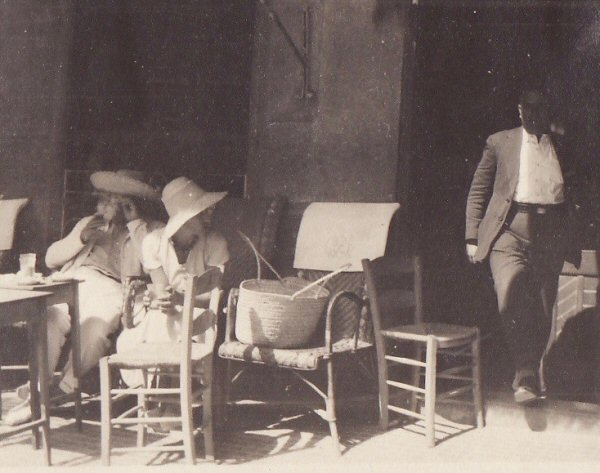
Stepping out of the shadows in Palma
A part of my own prenatal life was also spent there. The suffusion of light from the Mallorcan sun, the sound of goat bells as my mother made her way down to the Cala, and the happy laughter she shared with friends, would surely have penetrated through her abdomen to reach me and imprint themselves in my developing senses and become an integral part of me.
Seppl was soon to meet and marry Hubert von Ranke, a German cousin of Robert Graves.[3] That would bring her closer to the
Graves family and to Deyá, which she would continue visiting in later years from her home in Germany, while my mother’s Deyá lived on in her memories and in her album of photographs of the other world.
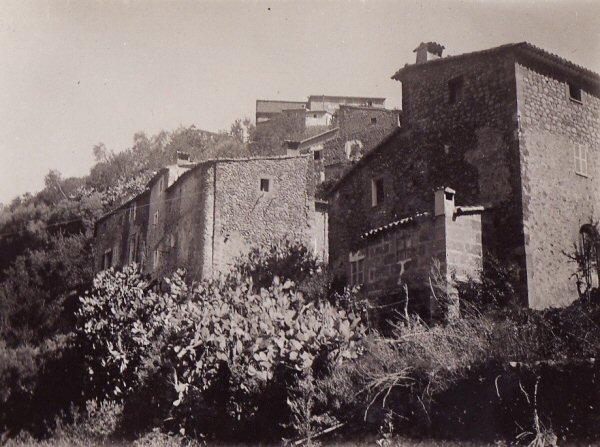
Deyá, houses across the torrent at Can Pintat
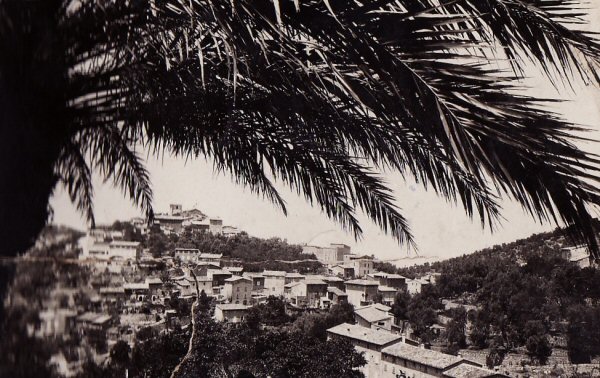
Deyá
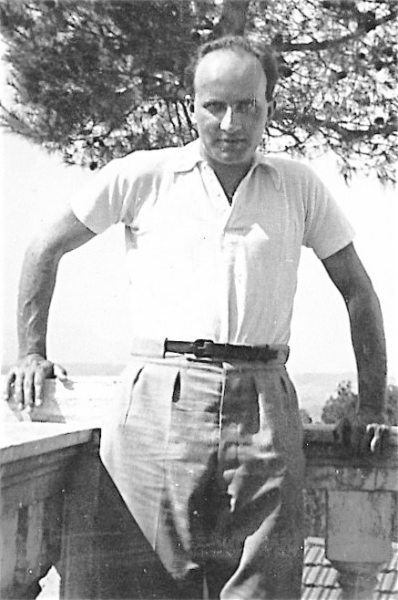
Hubert von Ranke
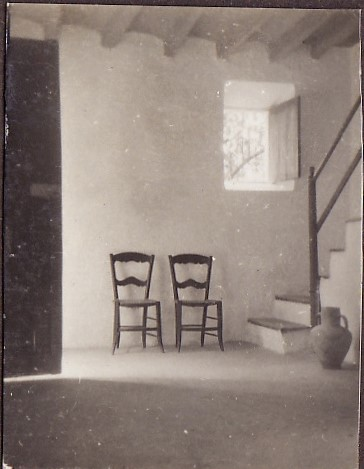
Interior view of Käte and Seppl’s residence
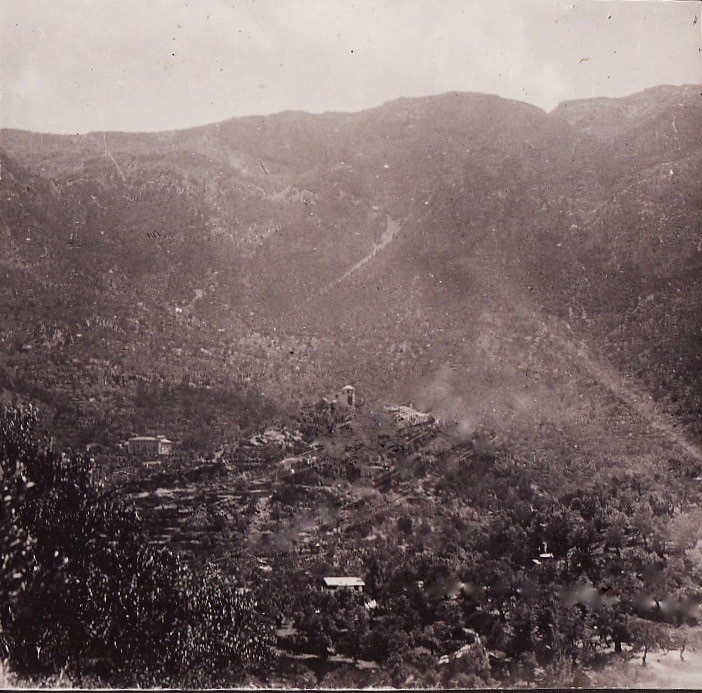
View of Deyá church, on top of the hill, and surrounding mountains[4]
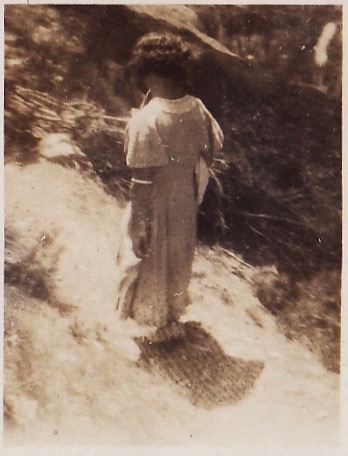
Käte on the way to the Cala
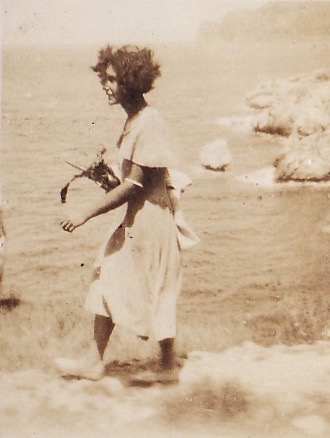
Käte
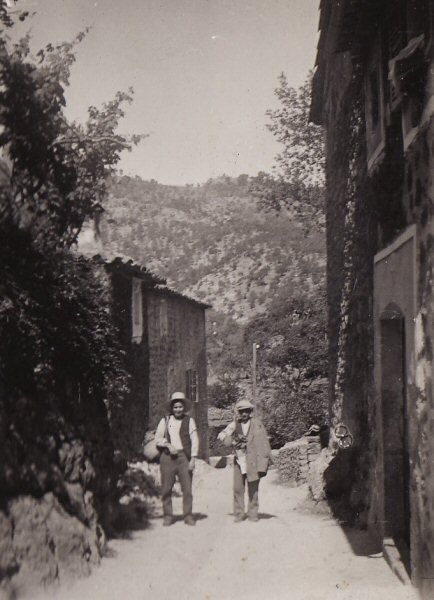
Deyá, road up from the Clot, with figures
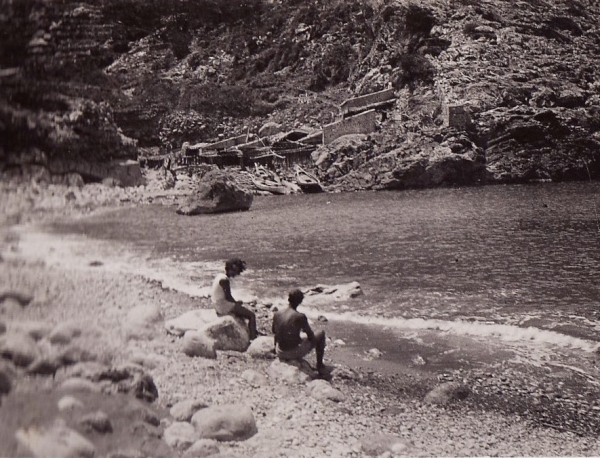
Käte and friend at the Cala
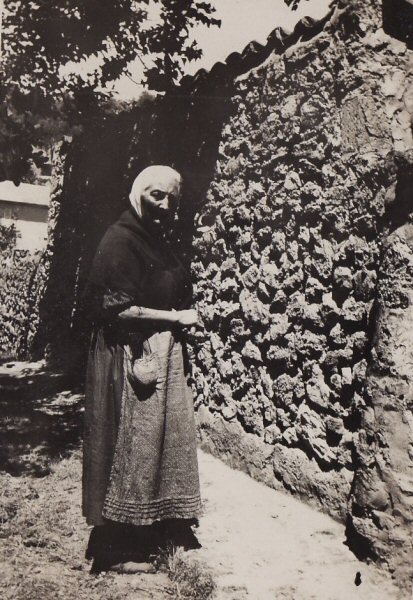
Mallorquin woman
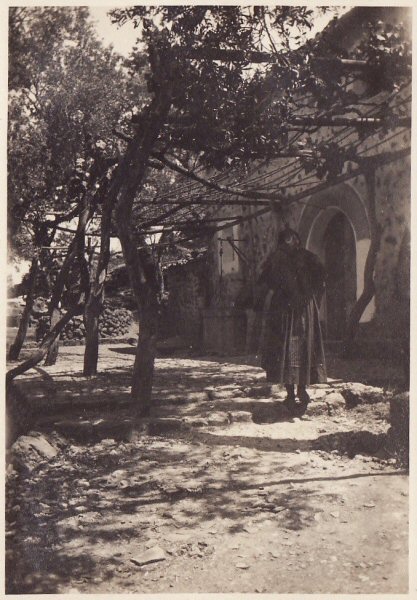
Mallorquin Woman walking under a vine pergola[5]
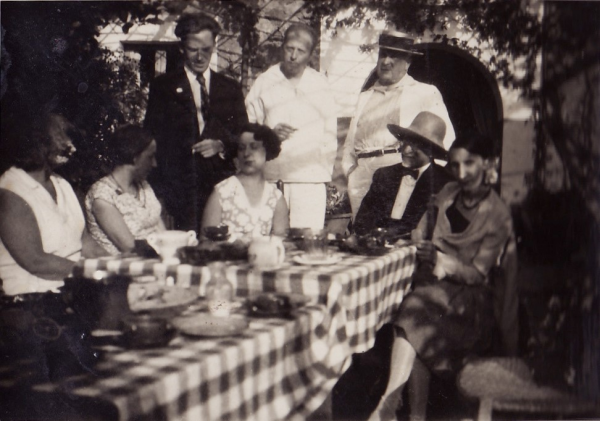
Lunch, with Ulrich Leman in white, hatless [6]
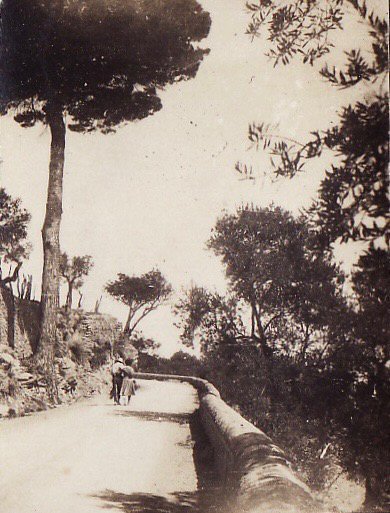
Road to Palma. Umbrella pine at Sa Pedrissa, with figures
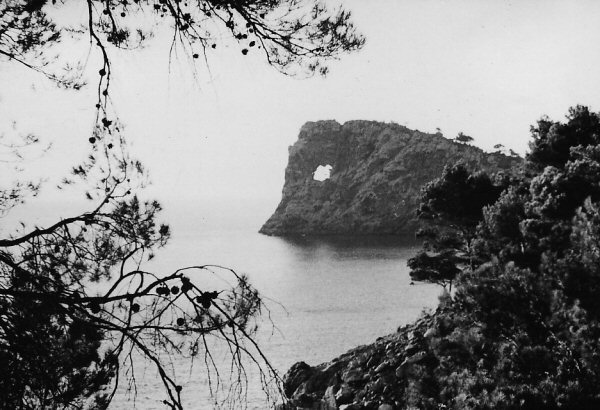
Sa Foradada, Mallorca
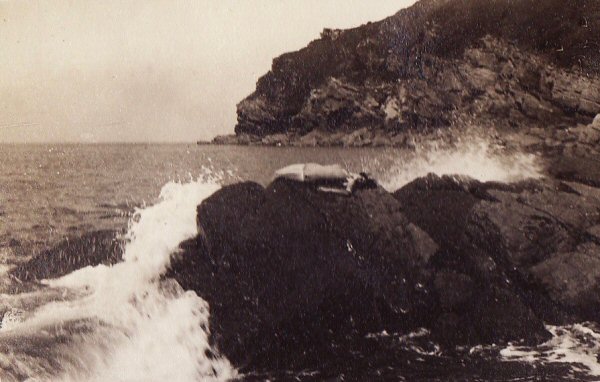
Woman reclining on rocks along the coast
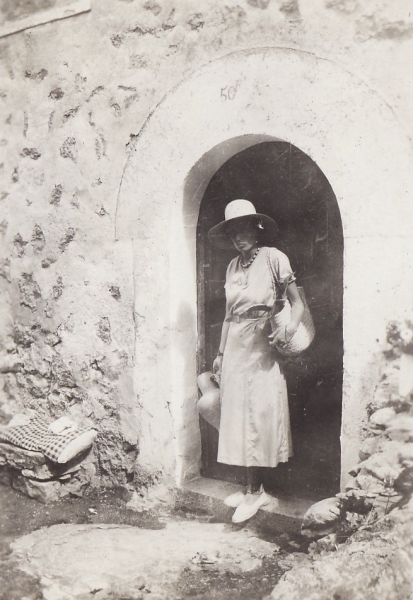
Seppl on stoop of the house in Es Clot in which she and Käte resided
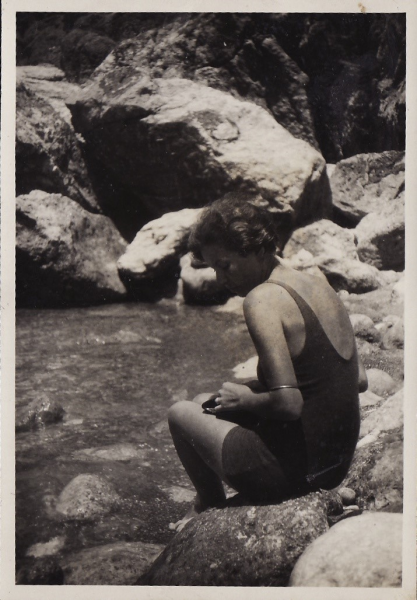
Seppl at the Cala
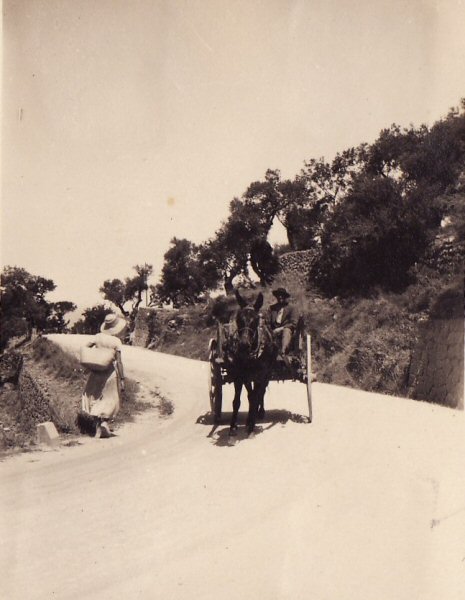
Seppl with basket passing Mallorquin man in wagon
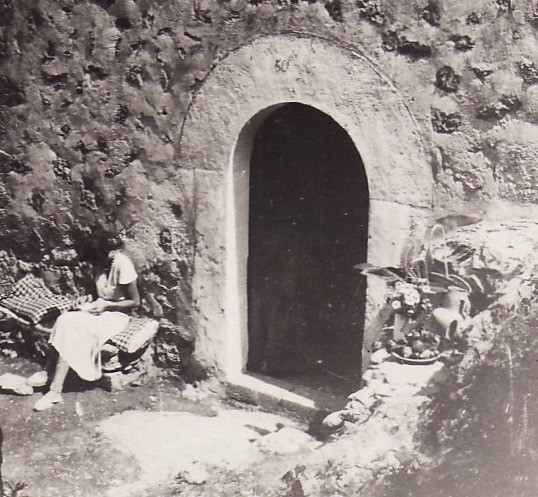
Seppl at entrance of residence
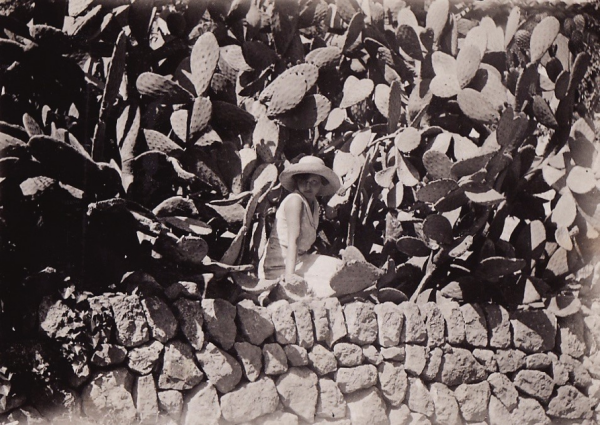
Seppl on stone wall
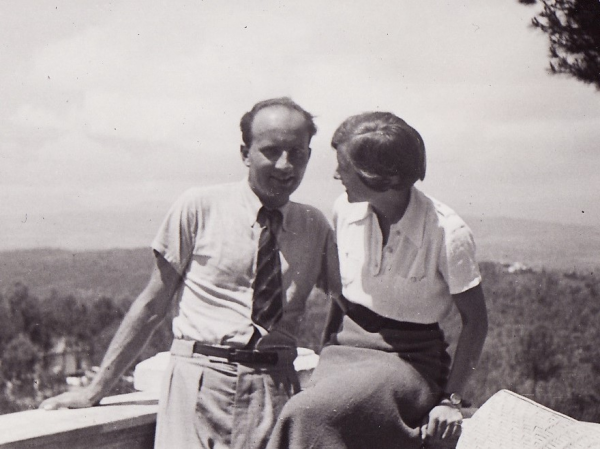
Seppl and Hubert Von Ranke in La Floresta, near Barcelona
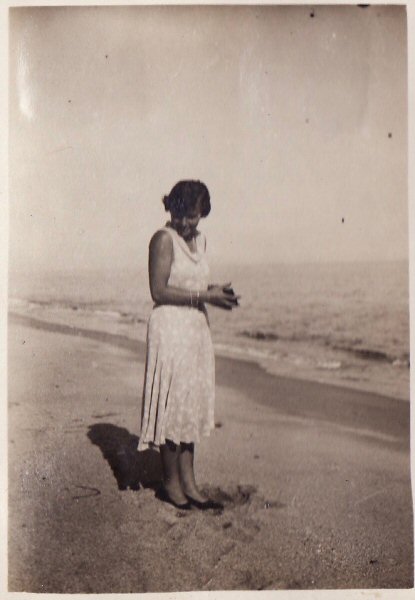
Seppl in wet sand
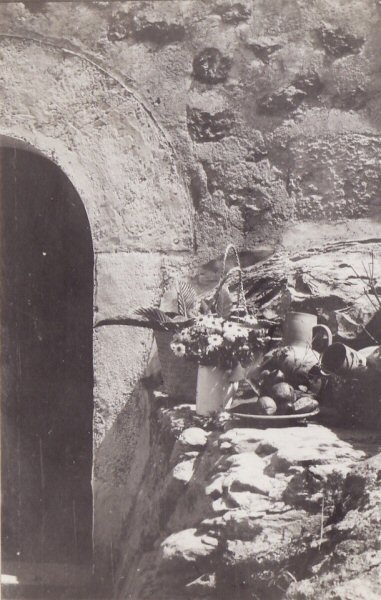
Locals left flowers outside residence for Seppl and Käte
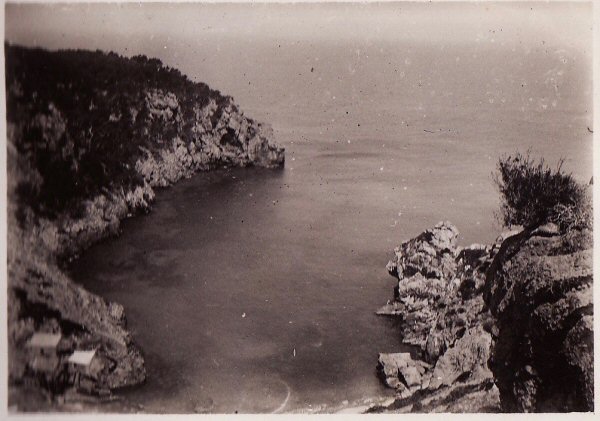
The Cala
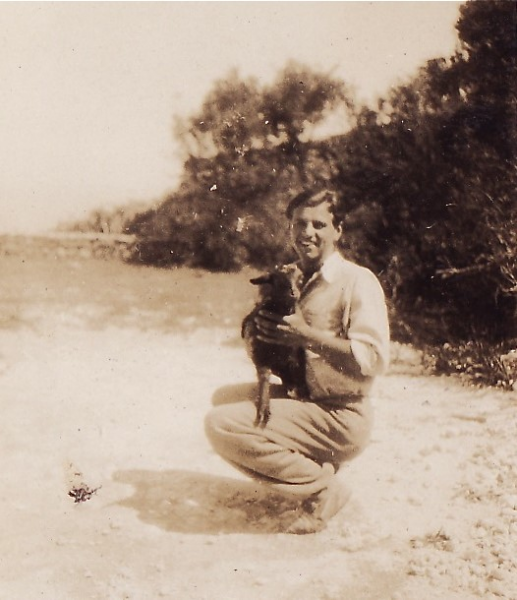
Kneeling man with goat
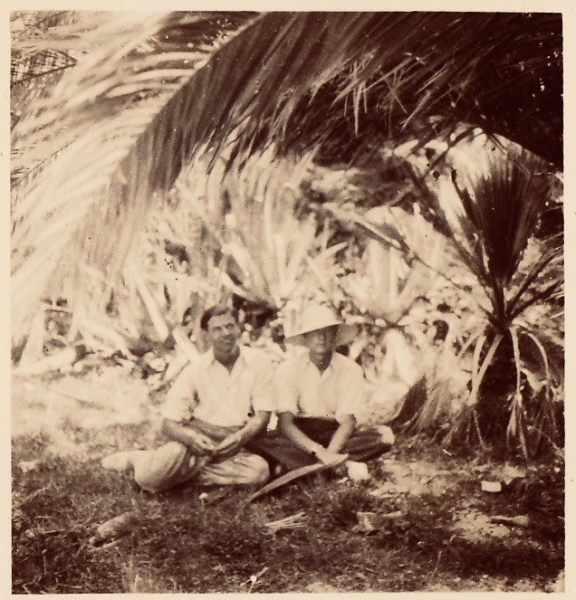
Two men
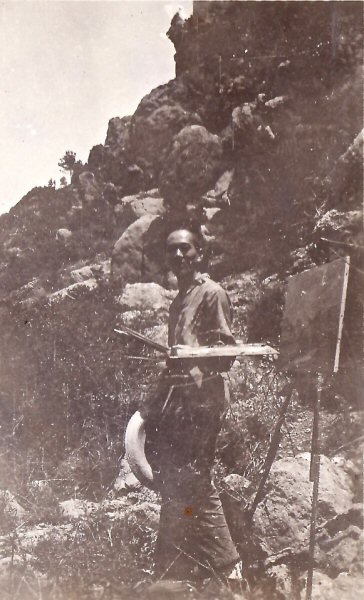
Josep Fontdevilla painting, on the way to the Cala[7]
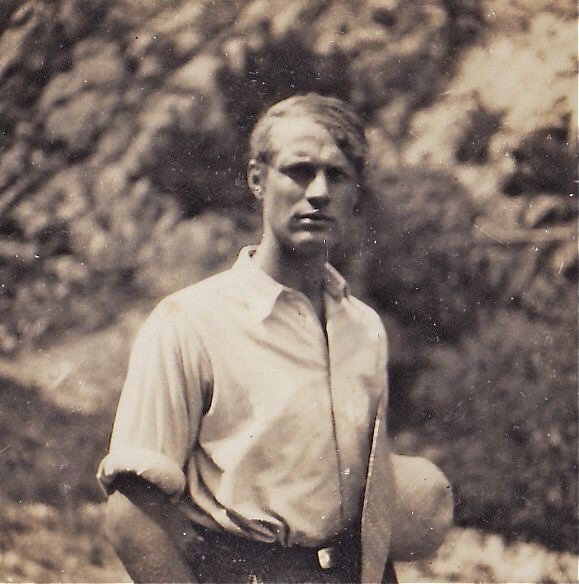
Man with army belt and hat
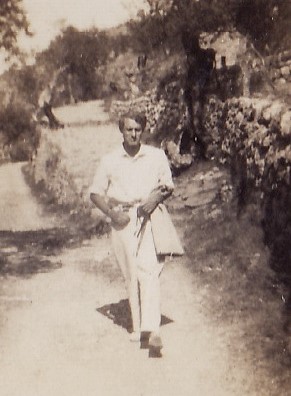
Man on the way to the Cala
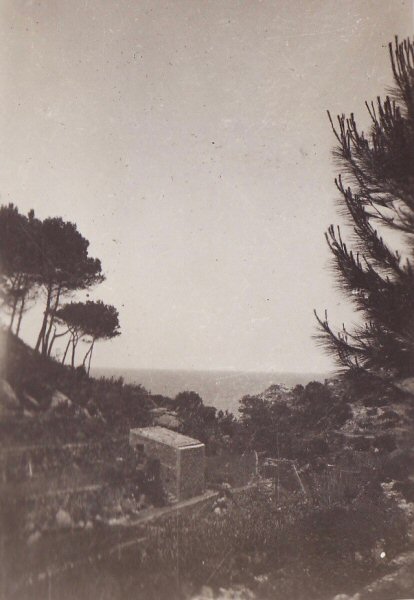
Hut at entrance to the Cala
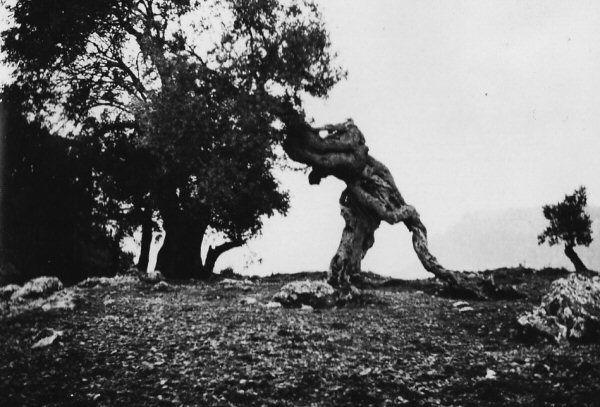
Ancient olive Tree
Miriam Frank is the author of numerous books including, My Innocent Absence, Tales from a Nomadic Life (2010), and My Innocent Absence: Exiles on Three Continents (2016).
EDITOR’S NOTES
[1] Born in 1907, Käte Lichtenstein grew up in Chemnitz, in Saxony, the youngest of four siblings in a German Jewish family. Following Hitler’s ascent in the early 1930s, she fled to Spain, dividing her time between Barcelona, where she met and married Louis Frank, an American resident, and Deyá, Mallorca. Forced from her idyllic life by the outbreak of the Spanish Civil War, Käte fled to France, with her young daughter, Miriam. Although trained as a pediatric nurse, Käte was able to develop numerous skills as the need arose – such as dressmaker, language teacher, and librarian. At different times she lived in Mexico, Germany, New Zealand, and London. She died at age 76 in 1984 (Miriam Frank email to the editor, 30 July 2020; 31 July 2020).
[2] Seppl Campalans née Hermann, also known as Josepha de Campalans, was born in 1907 in Königstein/Taunus. She married a Catalan Socialist politician Rafael Campalans i Puig, who served as the deputy for Barcelona from 1931 until his death in 1933. Seppl worked as a translator of the KPD Abteilung für Abwehr und Gegnerarbeit in Barcelona, headed by Hubert von Ranke. See Boris Volodarsky, Stalin’s Agent: The Life and Death of Alexander Orlov (Oxford: Oxford University Press, 2015), pp. 253, 629.
[3] Hubert von Ranke, born in Munich in 1902, was one of the top managers of the German Lufthansa in Berlin-Tempelhof. For a period of time he was a dedicated communist recruited to the KPD M-Apparat. During the thirties he worked on various projects for the Communists in Paris and Czechoslovakia, coming to Barcelona with the first Communist volunteers in July 1936. By the end of 1937, he had become disgruntled with the KPD and returned to Paris where he published a brochure about the Spanish Civil War, Wir im fernen Vaterland geboren: Die Centuria Thälmann, which, as he would have expected, the KPD leadership sharply criticised. He broke with the Party in 1938 and became an officer in the French army, serving in military intelligence. Fleeing Paris before the Nazi troops, he ended up in Northern Africa. In 1940, after demobilization, he returned to France [but see below] and lived in the unoccupied zone under various aliases, maintaining contact with Gertrude Stein and joining the French Resistance under the nom de guerre Camille in early 1942. After the liberation of France in 1944, he served as an operational officer in the intelligence department of the French Army B under General Delattre de Tassigny, and two years later he was naturalized as a French citizen under the name Jean Hubert de Ranke. Until 1960, he worked as a Bayerischer Rundfunk correspondent in Paris and then in Munich where he died at age 76. His wife Seppl Campalans deposited his memoirs about his early days in Spain in the manuscript collection of the Munich Institute of Contemporary History (Volodarsky, pp. 251-53).
Volodarsky’s dates slightly differ from Richard Perceval Graves’s, which place von Ranke’s return to Paris not in 1940, but 1938. (1938-1940 covered the time von Ranke worked for French intelligence,
according to Volodarsky.) By January 1946, von Ranke was in a state approaching destitution forcing him to write a letter to Robert Graves, the nephew of his father, Harry (Amy von Ranke’s brother), asking for help, which Graves was ready to offer. Jenny, Graves’s daughter, helped to navigate the difficulties of getting the payment across the channel. See Richard Perceval Graves, Robert Graves and the White Goddess: 1940-1985 (London: Phoenix, 1998), pp. 111-113.
[4] Taken from high in the hills probably above Canellun (The Graves house) (William Graves email to the editor, 7 March 2020).
[5] The house to her right may have been the one that Robert Graves and Laura Riding rented when they arrived in Deyá (WG, 7 March 2020).
[6] Ulrich Leman was a German painter who first traveled to Mallorca in the twenties and settled in Deyá in or about 1930. There is a story that when Robert Graves arrived in Deyá, he and Leman became friends until falling out over a game of chess. The Spanish Civil War drove him, like Graves, from the island. Returning to Germany, he remained there for the following twenty years. He spent the next twenty-five years shuttling between Deyá and Germany and then resettled in Deyá in 1983 where he created a household with Joseph Fontdevilla, also called ‘Pep Pelat’, another painter who specialized in flowers and landscapes, and their friend Roberto (from Aragón), completed by numerous cats. His love of the geography and culture of the island is reflected in his many landscapes, seascapes, processions, folkloric dances, still lifes and religious paintings. Ulrich died in 1988 and he is buried in the cemetery in Deyá. (‘Ulrich Leman’ Wikipedia [accessed 12 may 2020]; ‘Ulrich Leman’, CafeCody > [accessed 12 May 2020]; William Graves email to the editor, 5 March 2020).
[7] Joseph Fontdevilla, affectionately named ‘Pepe’, was a painter who arrived in Deyá in 1934 and rented Sa Siqui. He met and lived with Ulrich Leman who, vacating Mallorca when the Spanish Civil War began, deeded his house to him. They lived together when Ulrich returned. See ‘Painters and Artists, Deyá Heydays [Accessed 15 May 2020]; WG email to editor 15 May 2020.
Return to Contents Page































